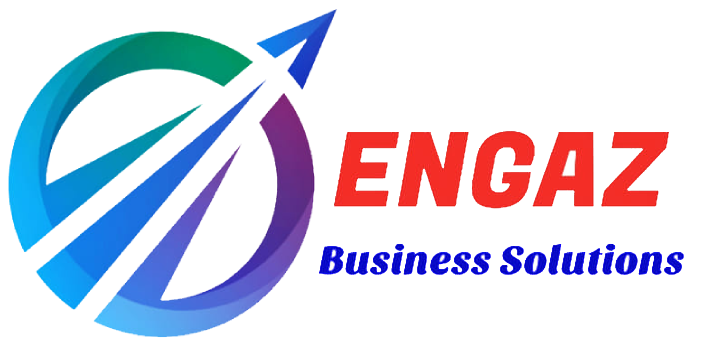Creating a business plan for a healthcare project requires careful consideration of various factors specific to the healthcare industry. Here’s a structured outline of what a business plan for a healthcare project might entail:
- Executive Summary:
- Brief overview of the healthcare project, its objectives, and key highlights.
- Summary of the market opportunity, target market, and competitive advantage.
- Key financial projections and funding requirements.
- Company Overview:
- Mission and vision statement for the healthcare project.
- Legal structure (e.g., corporation, partnership) and ownership details.
- Background information on key stakeholders, management team, and organizational structure.
- Market Analysis:
- Overview of the healthcare industry, including trends, challenges, and opportunities.
- Analysis of the target market, including demographics, healthcare needs, and patient preferences.
- Competitive analysis, including identification of competitors, their strengths, weaknesses, and market positioning.
- Services Offered:
- Description of the healthcare services to be offered, including specialty areas, treatment modalities, and unique features.
- Explanation of how the services meet the needs of the target market and differentiate from competitors.
- Overview of any partnerships or collaborations with other healthcare providers or organizations.
- Marketing and Sales Strategy:
- Target market segmentation and positioning strategy.
- Marketing tactics and channels to reach and attract patients, referral sources, and other stakeholders.
- Sales strategy, including pricing strategy, promotions, and customer acquisition methods.
- Operational Plan:
- Overview of the operational workflow, including patient intake, treatment delivery, and follow-up care.
- Staffing plan, including roles, responsibilities, and recruitment strategies.
- Information technology (IT) infrastructure and systems required to support operations and ensure compliance with healthcare regulations.
- Financial Projections:
- Revenue projections based on expected patient volume, reimbursement rates, and pricing structure.
- Breakdown of expenses, including personnel, facilities, equipment, supplies, and administrative costs.
- Cash flow projections, profit and loss statement, and balance sheet for the first few years of operation.
- Risk Management:
- Identification of potential risks and challenges, such as regulatory changes, reimbursement issues, or competition.
- Risk mitigation strategies to address identified risks and minimize their impact on the healthcare project.
- Regulatory and Compliance Considerations:
- Overview of regulatory requirements relevant to the healthcare project, such as licensing, accreditation, and privacy laws.
- Compliance plan to ensure adherence to regulatory standards and mitigate legal risks.
- Implementation Plan:
- Timeline for launching the healthcare project, including key milestones and activities.
- Resource requirements, such as funding, personnel, and infrastructure.
- Monitoring and evaluation mechanisms to track progress and adjust strategies as needed.




